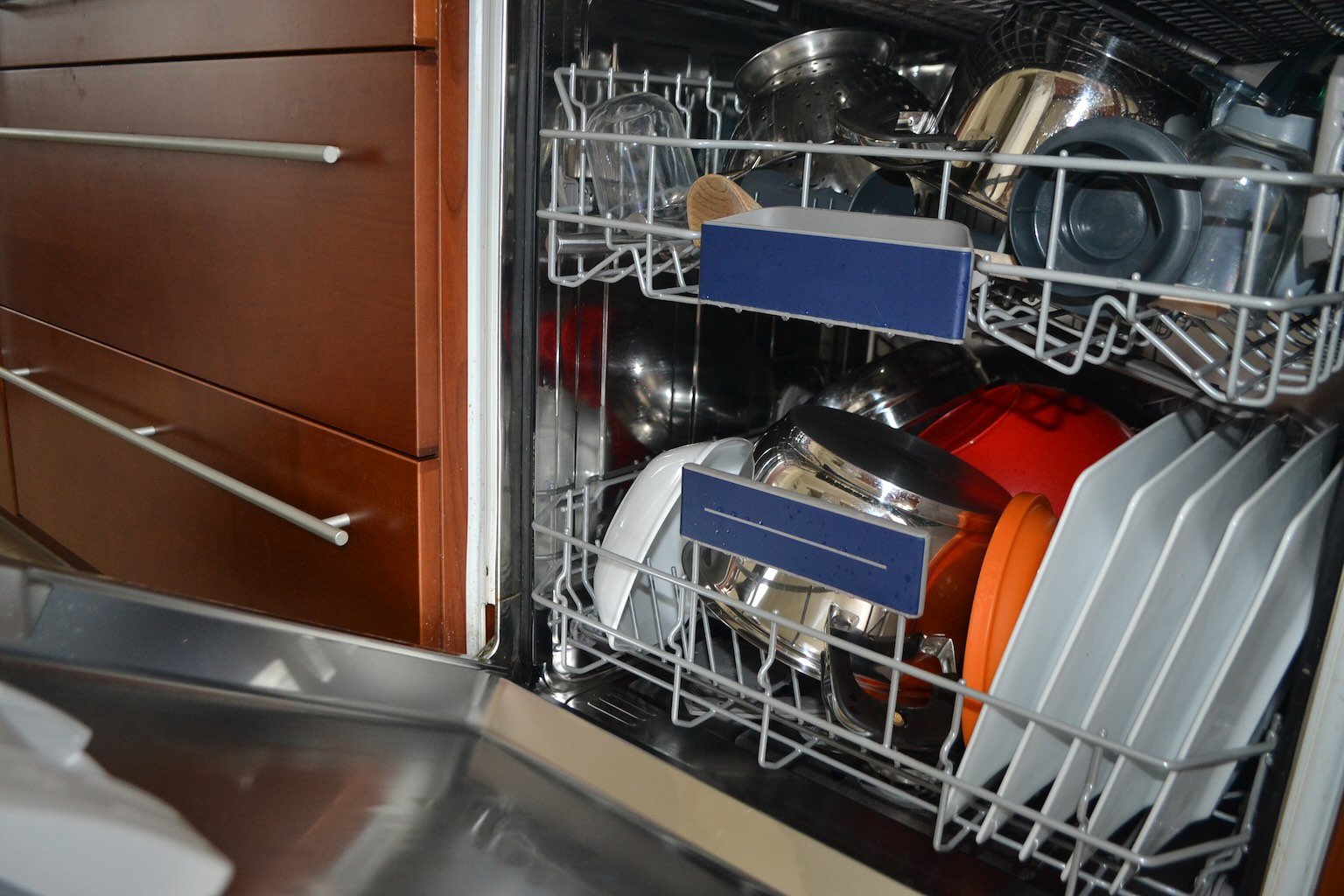Many households once considered dishwashers essential. Today, more people are quietly leaving them behind. Despite advanced features and better energy ratings, the dishwasher is losing its place in daily routines. Rising costs, long cleaning cycles, and changing lifestyles are reshaping how Americans handle their dirty dishes.
When Efficiency Feels Like Inconvenience
Modern dishwashers are designed to save water and power, but that comes at a price—time. A single wash cycle now lasts 2.5 to 4 hours, compared to the quick washes families once relied on.
Federal rules limit dishwashers to 5 gallons of water per cycle, and new standards may drop that to 3.2 gallons by 2027. While this reduces environmental impact, it creates frustration for families who need lunch boxes, school bottles, or cooking utensils ready the next morning.
In short, the dishes get clean—but much later than most people want.
Smaller Homes, Smaller Kitchens
Urban living also plays a role in this shift. New apartments and condos often favor compact layouts where a full-size dishwasher is a luxury, not a standard. At the same time, food delivery services like DoorDash mean fewer dirty dishes pile up in the first place.
When dinner comes in disposable containers, spending $600 to $1,200 on a dishwasher feels like wasted money—and wasted space in already tight kitchens.
The Rise of Handwashing Culture
Industry reports show that 1 in 5 dishwasher owners use their machine less than once a week. Social media has even turned handwashing into a trend. On TikTok and Instagram, users share calming videos of scrubbing plates with stylish soap dispensers and sponges.
Younger generations, in particular, prefer the speed and satisfaction of washing dishes by hand. It takes minutes, not hours, and gives an instant sense of completion.
The Costs Don’t Always Make Sense
Dishwashers are not cheap. Buying one costs between $600 and $1,200, and repairs can run another $200 to $400. Even the most efficient models cost $60 to $130 a year to operate, while older units can reach $200 or more, depending on energy rates.
Handwashing, on the other hand, requires no machine, no repairs, and no waiting. It’s immediate, reliable, and cost-effective. For many households, the math simply favors the sink.
A Shift in Priorities
The decline of the dishwasher reflects a bigger cultural shift. For decades, dishwashers symbolized convenience and modern living. Now, more Americans value control, speed, and flexibility over automation.
Instead of waiting hours for spotless plates, many are choosing the sink—trading suburban efficiency dreams for the quick, hands-on results that fit modern urban life.
